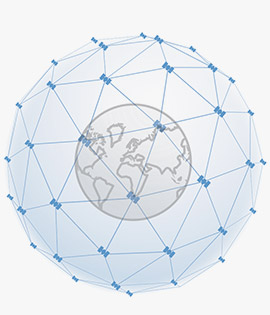GPS Basics
Contributors:
bitsmashed
Resources and Going Further
You should now have a clear understanding of how GPS units work and how to implement them into your next project. For more great project ideas check out these other SparkFun tutorials.
Gyroscope
Gyroscopes measure the speed of rotation around an axis and are an essential part in determines ones orientation in space.
How to Power a Project
A tutorial to help figure out the power requirements of your project.
How to Use a Breadboard
Welcome to the wonderful world of breadboards. Here we will learn what a breadboard is and how to use one to build your very first circuit.
Accelerometer Basics
A quick introduction to accelerometers, how they work, and why they're used.
Electric Power
An overview of electric power, the rate of energy transfer. We'll talk definition of power, watts, equations, and power ratings. 1.21 gigawatts of tutorial fun!
Need some inspiration for your next project? Check out some of these related tutorials:
Arduino Weather Shield Hookup Guide V12
Read humidity, pressure and luminosity quickly and easily. Add wind speed, direction and rain gauge for full weather station capabilities.
GPS-RTK Hookup Guide
Find out where you are! Use this easy hook-up guide to get up and running with the SparkFun high precision GPS-RTK NEO-M8P-2 breakout board.
MicroMod GNSS Function Board - NEO-M9N Hookup Guide
The u-blox NEO-M9N is a powerful GPS unit that now comes populated on a MicroMod Function Board! In this tutorial, we will quickly get you set up using it with the MicroMod ecosystem and Arduino so that you can start reading the output.
Getting Started with u-blox Thingstream and PointPerfect
Interested in high precision GNSS without setting up a base station?
Or check out these blog posts.
